Search
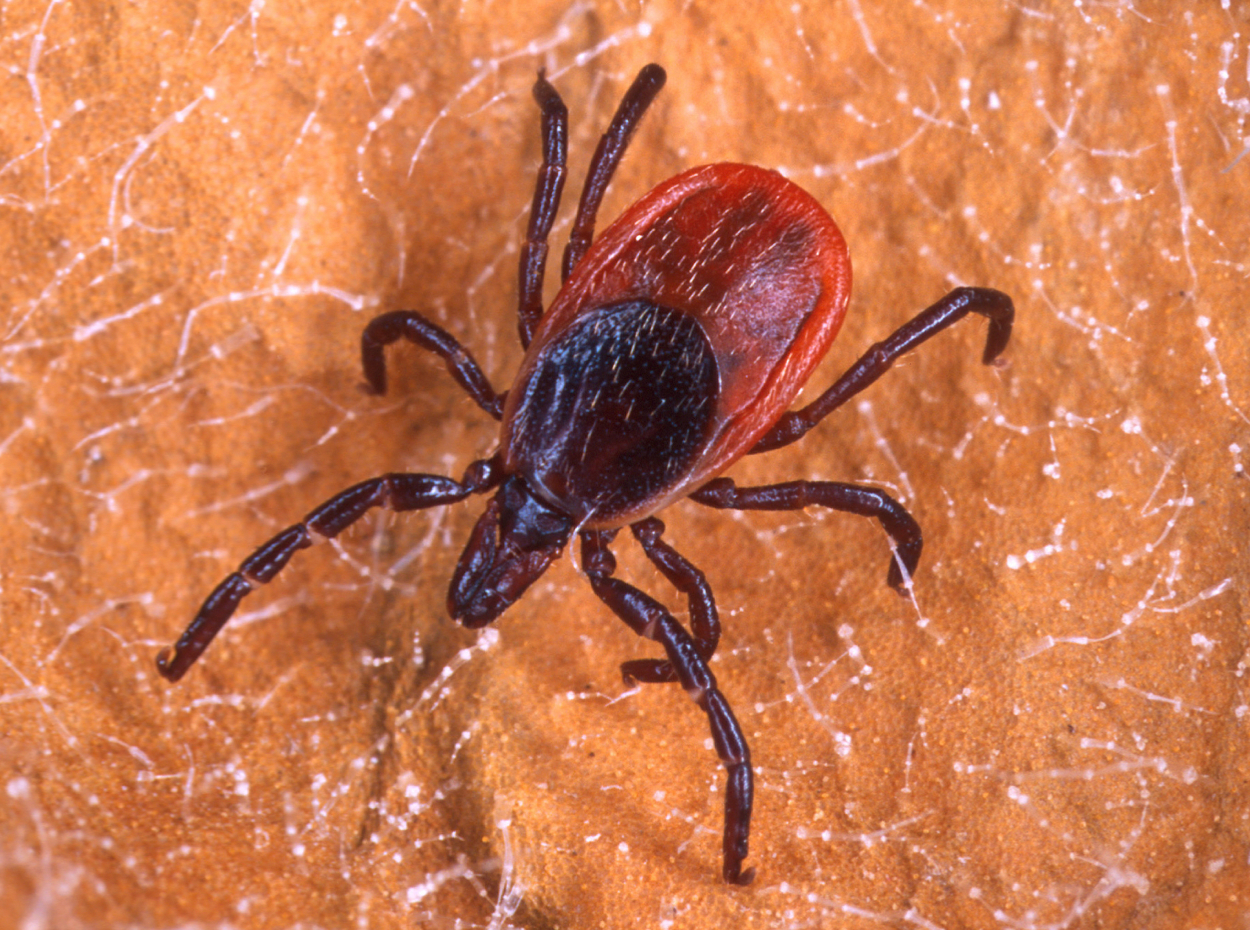
An identification guide to common Ticks of South Dakota
A guide to identifying common ticks in South Dakota
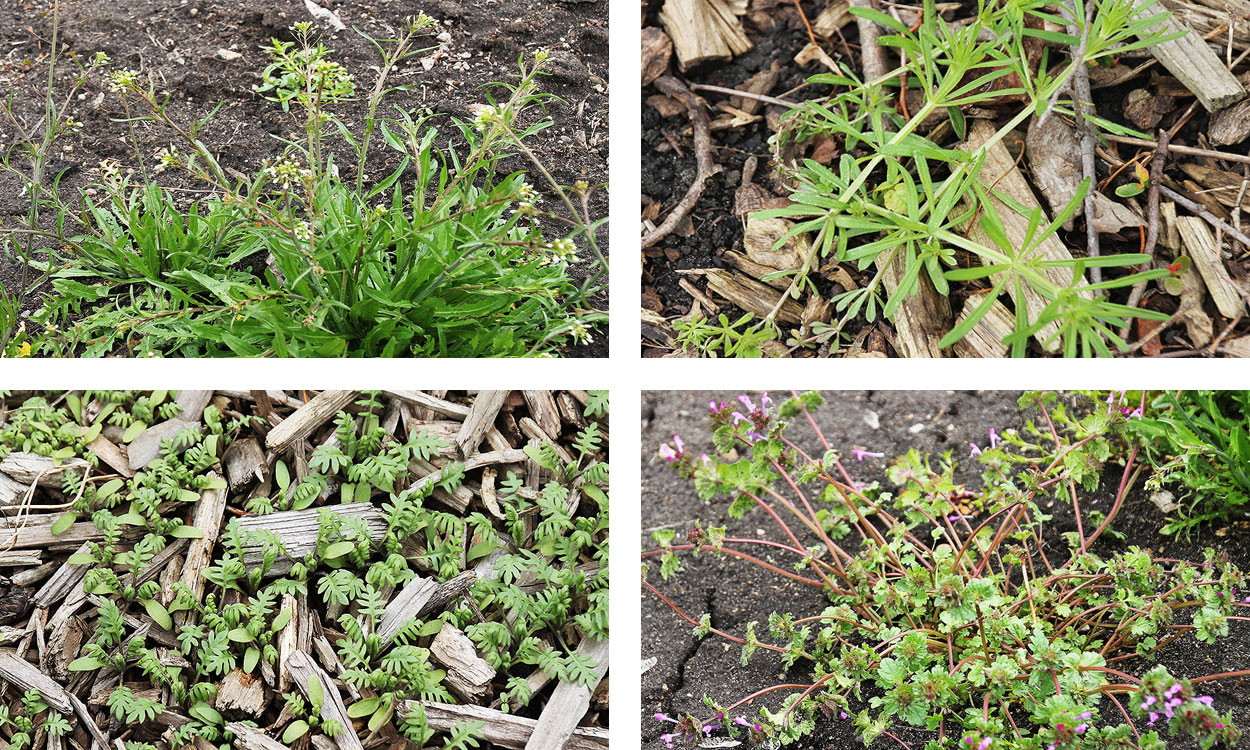
Spring Annual Weeds
There are several weeds that pop up very early in the spring and start flowering before most other plants have shown any signs of growth. Learn about some common varieties to look out for.
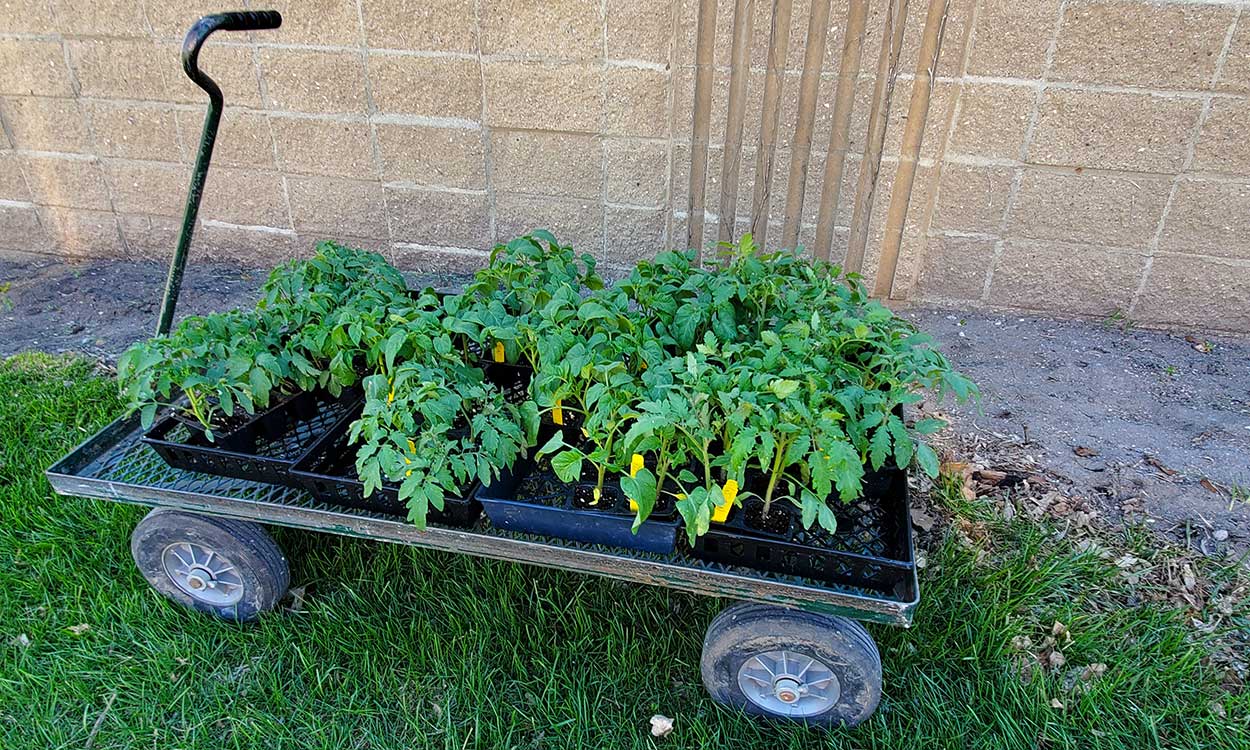
Harden Your Transplants Prior To Planting Your Garden
Hardening plants is an important step that gardeners should not skip. Take the time to harden your plants properly and reap the benefits of sturdy, well-established plants throughout the gardening season!
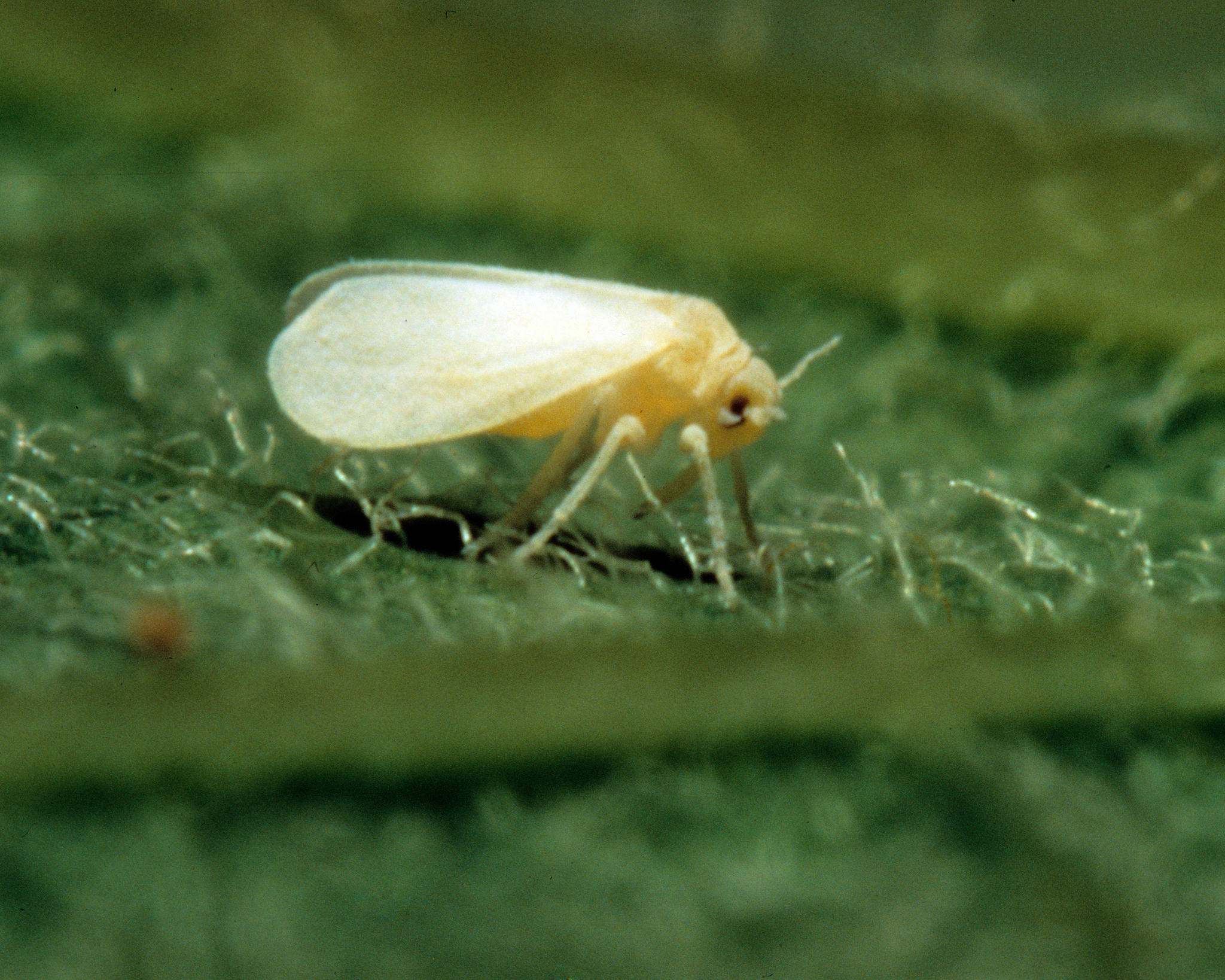
Biological Control of Pests in High Tunnels
Major insect and mite pests in high tunnels include aphids, thrips, white flies, and spider mites. Biological control uses living organisms (natural enemies) to suppress or limit pest populations to levels that do not cause economic injury to the crop.
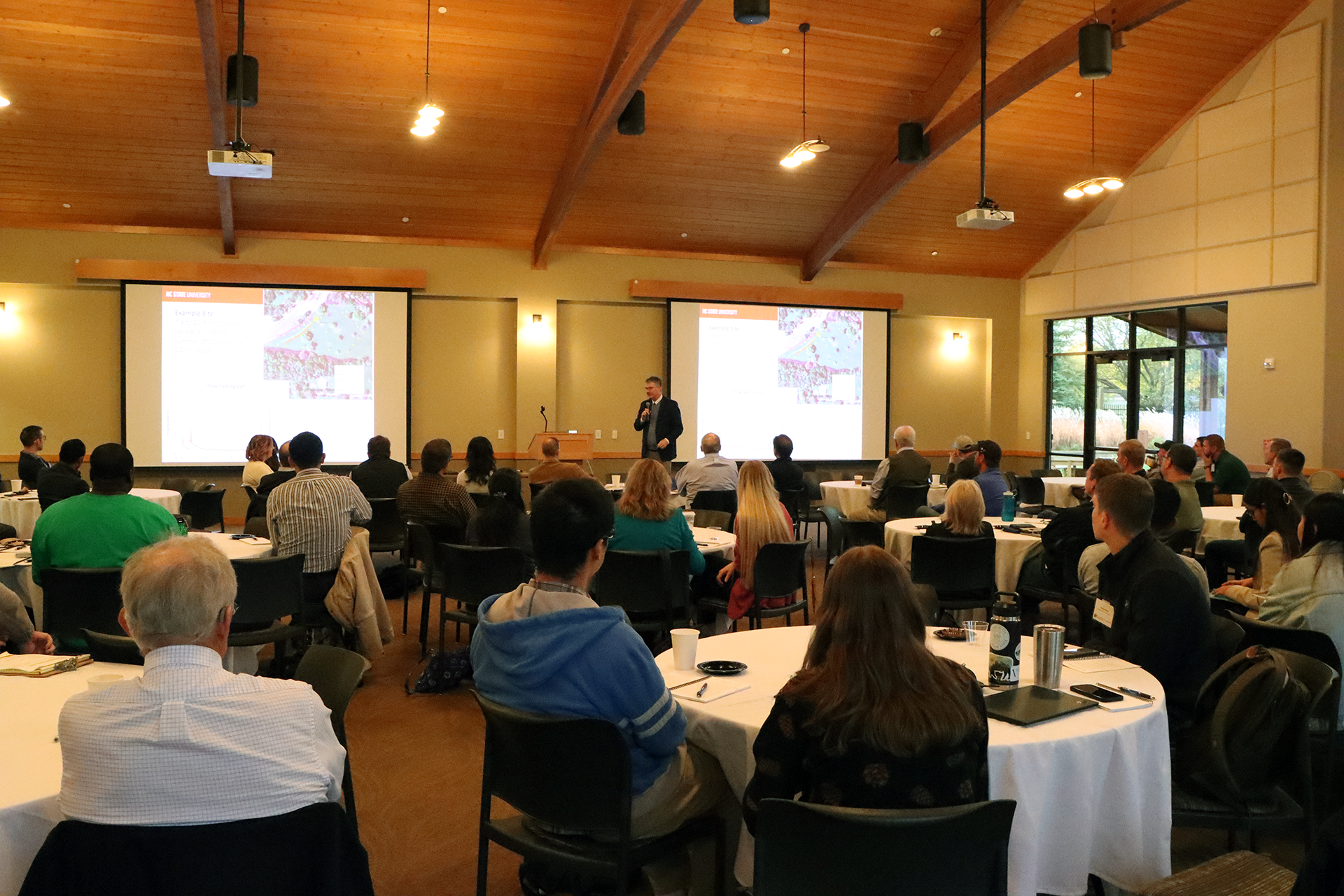
Eastern South Dakota Water Conference 2024
The Eastern South Dakota Water Conference will be held on Wednesday, October 16, 2024, at the McCrory Gardens Education and Visitor Center (631 22nd Ave., Brookings, SD 57006).

Management Goals for Cow/Calf Operations
You can’t manage what you don’t measure, and good management practices begin by taking good records.
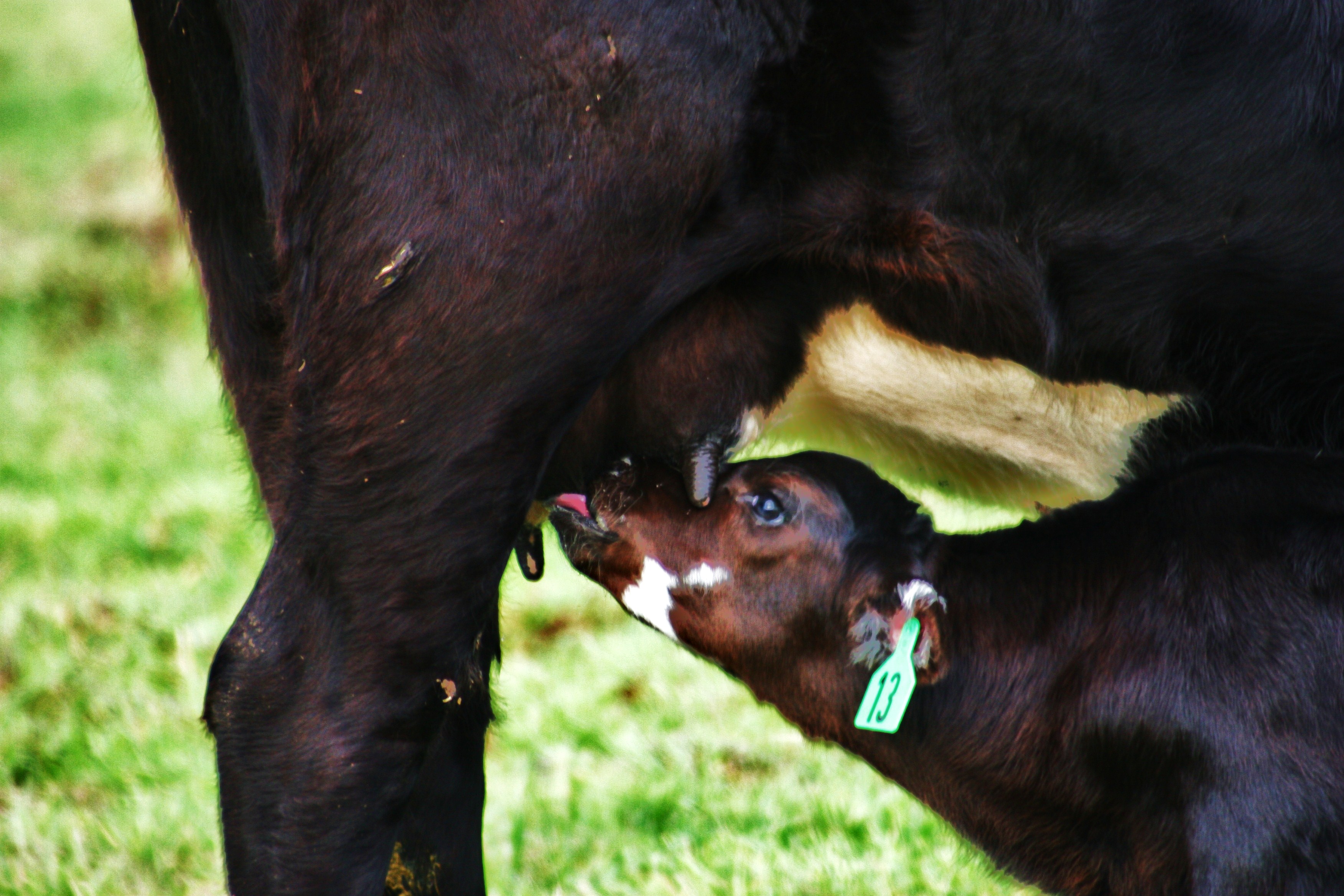
The Suckling Effect
As soon as the calf hits the ground, the reproductive clock of the cow starts to tick. In order to maintain the annual production cycle of the cowherd, cows and heifers must overcome postpartum anestrus within 83 days of calving.

Family Caregiving
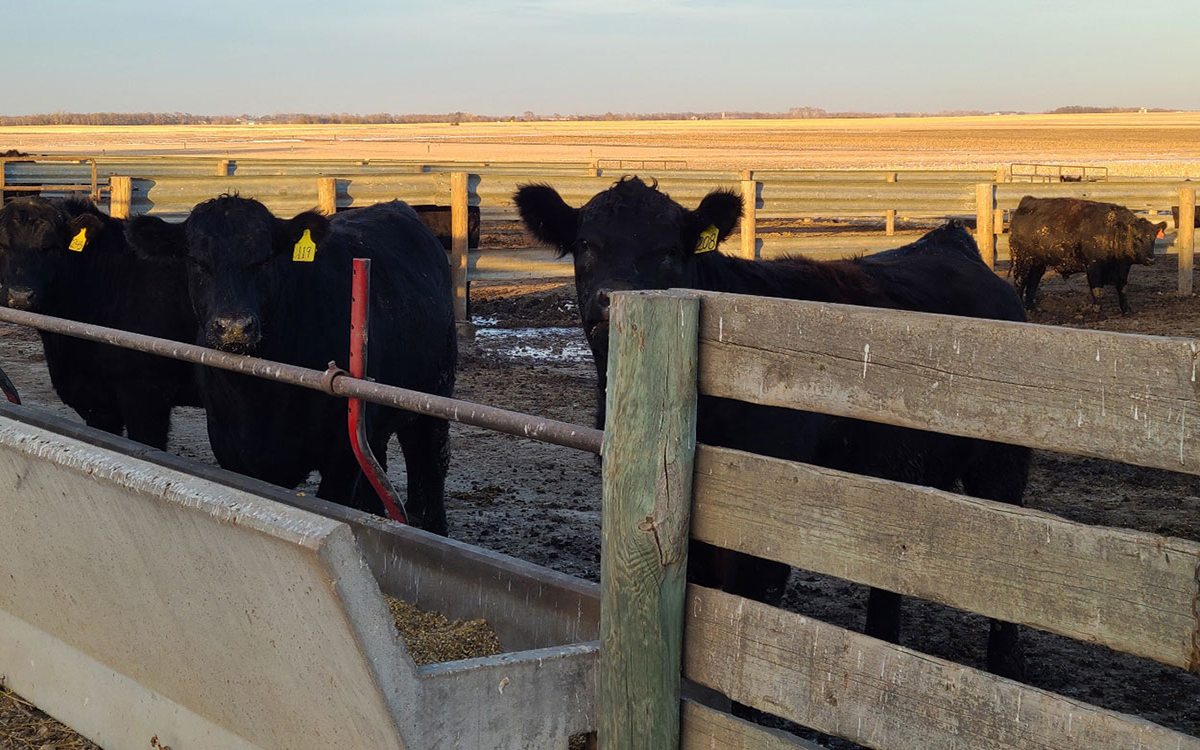
Comparing Soybean Meal to Distillers Grains for Finishing Cattle
Do different protein sources lead to significant performance differences in finishing cattle? The results of a recent experiment at the SDSU Southeast Research Farm offer cattle feeders some encouraging findings.
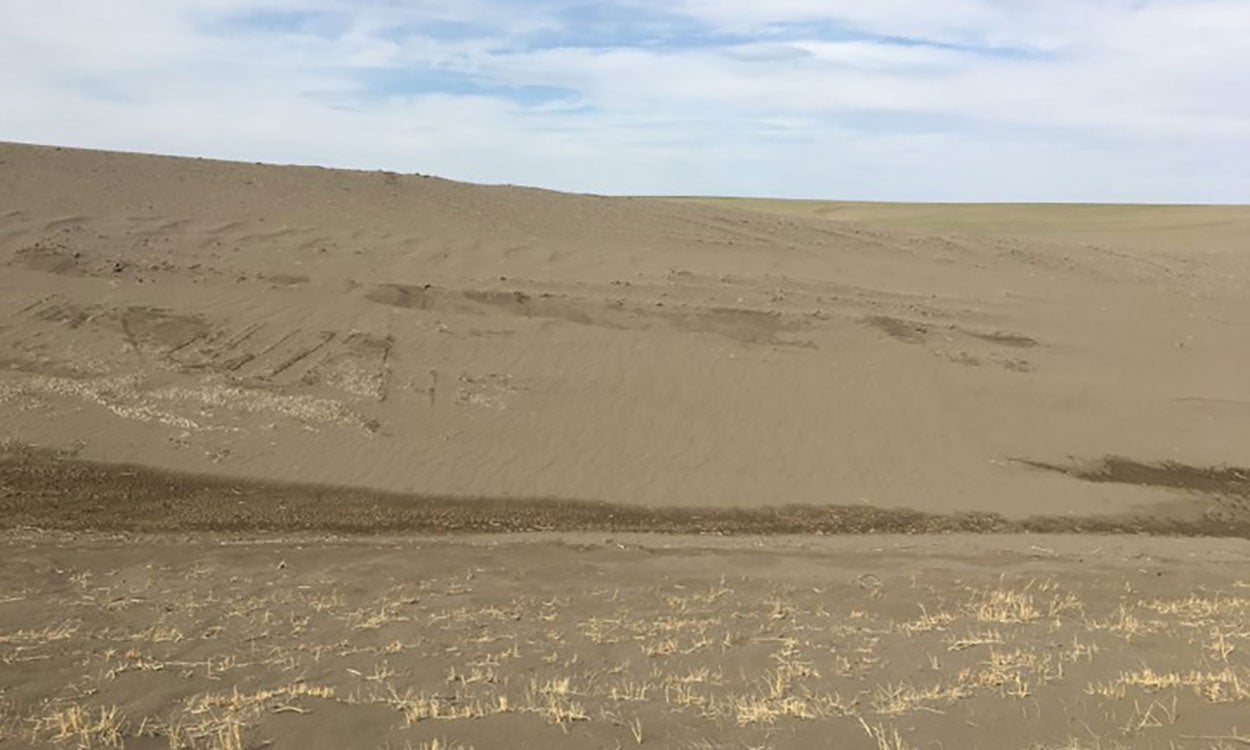
Impacts of Drought on Soil, Water, Forage and Livestock Grazing Systems
Grazing systems are complex, because soil, water, forage and livestock components are interconnected and affect each other. Producers can put themselves back in the driver’s seat by developing annual systems-level grazing plans for favorable and unfavorable situations.